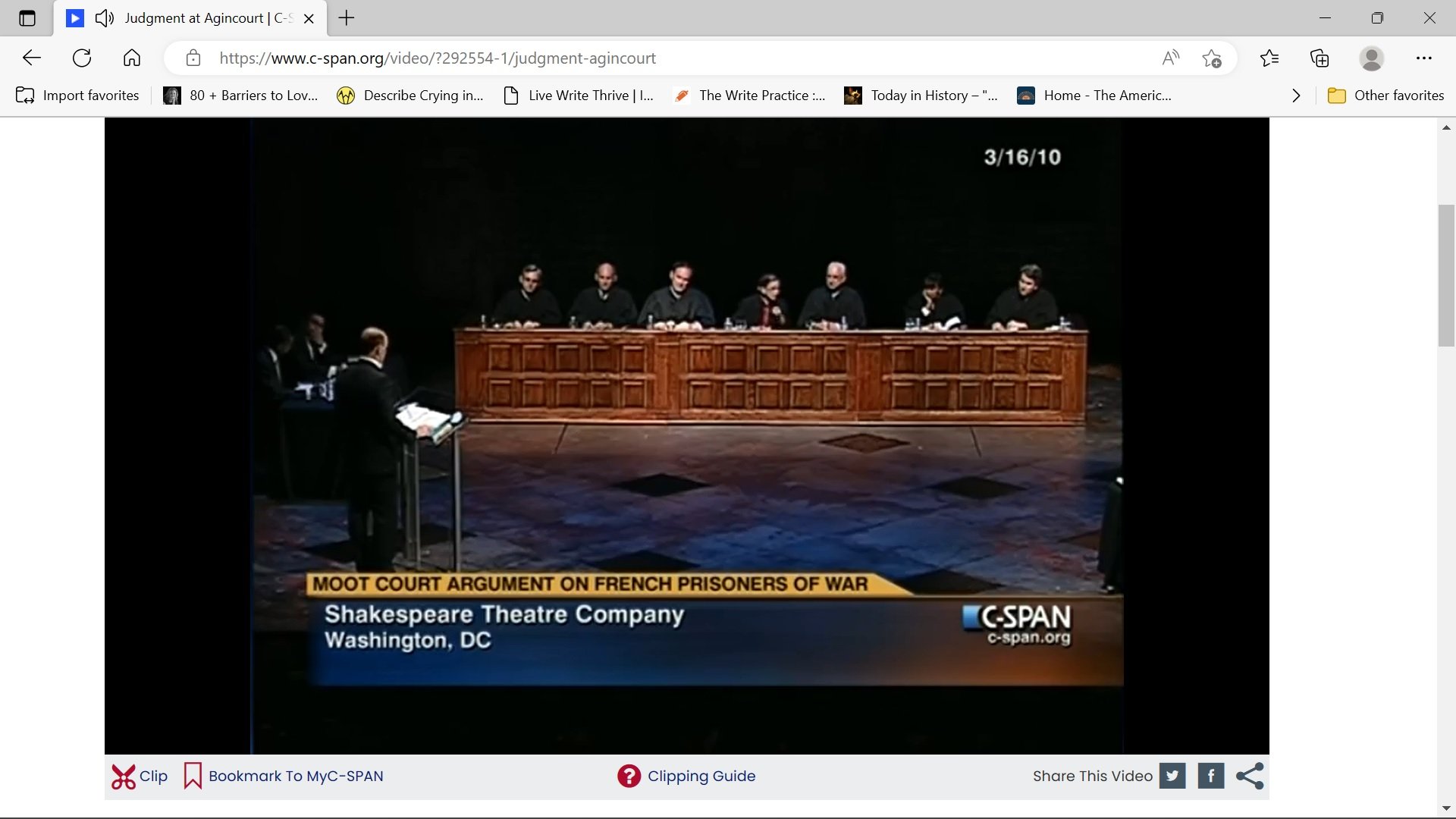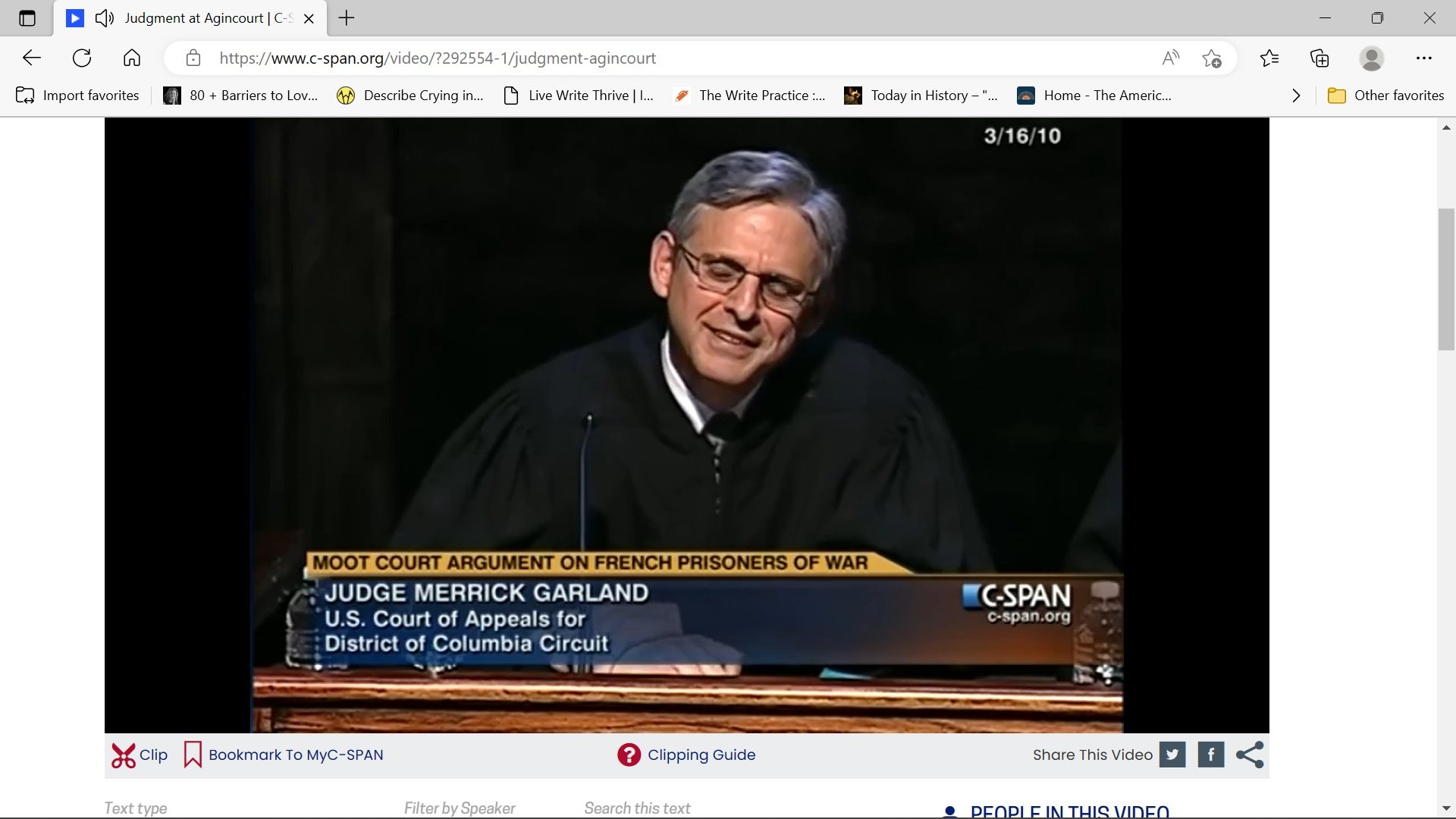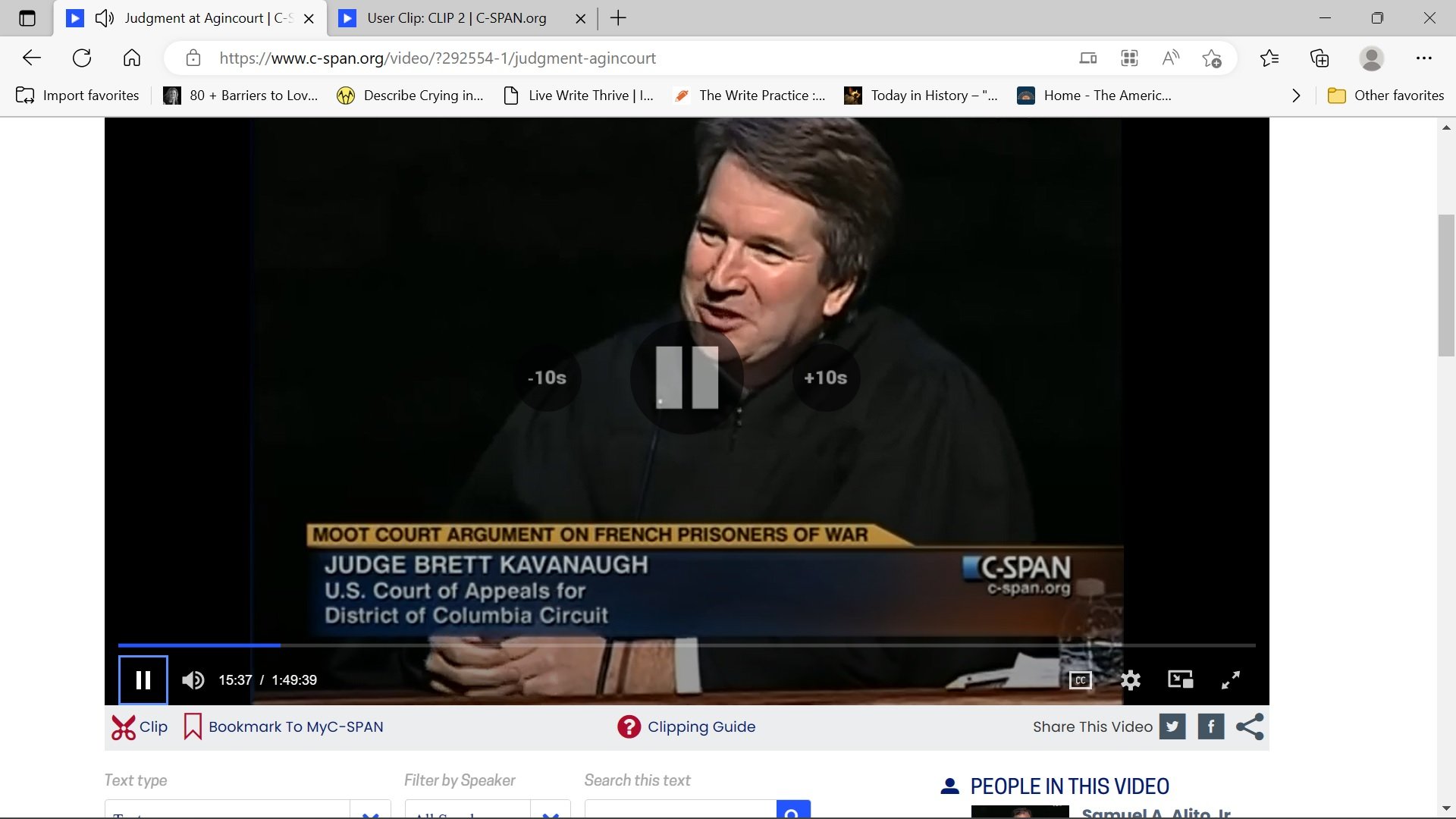The British Monarchy, Part VIII
King Charles (I, II, & III)
Charles Philip Arthur George Windsor, the oldest son of the recently deceased Queen Elizabeth, is now King Charles III of the United Kingdom of Great Britain and Northern Ireland. He is a constitutional monarch with limited powers.
Monarchs used to have absolute power. The evolution to a constitutional monarchy started over 800 years ago with the Magna Carta, which among other clauses, required the King to seek parliamentary approval for new taxes. This series of entries covers the evolution of the British Monarchy.
Agincourt
King Henry V ascended to the throne in 1413 upon the death of his father, Henry IV. He believed he had a claim to the French throne because his great-great-grandmother was a French queen. France at the time did not recognize monarchial succession through the mother. Henry V invaded France to support this claim. In 1415, an outnumbered English force under his command won an overwhelming victory against the French at Agincourt. (The battle occurred 150 miles northwest of Paris, near the English Channel)
In a controversial action, the King ordered the slaughter of the French prisoners, as discussed below.
War Crimes Trial of Henry V
In 2010, the Shakespeare Theater Company of Washington, DC, held a mock trial of King Henry V to rule whether he was justified in killing the prisoners. Supreme Court Justices Samuel Alito and Ruth Bader Ginsberg participated in the trial. Future Justice Kavanaugh and Attorney General Merrick Garland also formed part of the judicial panel.
I watched the whole trial. If you do, and it is interesting, I recommend watching it at a faster speed, accessed through the gear icon at the bottom of the video.
The trial covered two issues – was Henry justified in starting the war, and was Henry guilty of war crimes for killing the French prisoners.
The prosecution argued that once the soldiers surrendered, they were no longer combatants and were now protected from harm. Makes sense; why surrender if you are only going to get killed anyway? The defense claimed that the French prisoners outnumbered Henry's forces, and he thought the French were trying to rally their troops. According to Shakespeare, Henry says:
But, hark! what new alarum is this same?
The French have reinforced their scatter'd men:
Then every soldier kill his prisoners:
Give the word through.
He later reinforces the order:
We'll cut the throats of those we have,
And not a man of them that we shall take
Shall taste our mercy.
Here are some highlights from the mock trial:
Introduction to the case – 2 minutes
Discussion, with laughter, of inheriting the Monarchy from a woman – 1 minute
The crowd laughs at a reference to Ginsburg's equal rights decision of 1996 – 1 minute
Joke about Justice Scalia – 30 seconds
Reference to the 37th President, Richard Nixon, who said Presidential actions, by definition, are legal – 40 seconds
And how did the panel rule? Click here to find out.
Shakespeare, King Henry V, and the Movies
Shakespeare's play about Henry V includes a heroic portrayal of his military prowess. His most famous speech is known as the St. Crispin's day speech. Henry must inspire his vastly outnumbered men to fight at Agincourt. This speech includes the famous' band of brothers' reference ("We few, we happy few, we band of brothers.”)
Here are two versions of the speech:
· 1944 movie with Laurence Olivier (2 minutes)
· 1989 movie with Oscar-nominated director and actor Kenneth Branagh (2 minutes)
Succession
After Henry's victory at Agincourt and other successful military campaigns, the French recognized Henry as the heir to the French throne. Henry married the current French King's daughter, Catherine. She bore a son who became Henry VI. Henry V died at age 35. His son was only nine months at the time. In our next post, we will discuss the reign of Henry VI.




